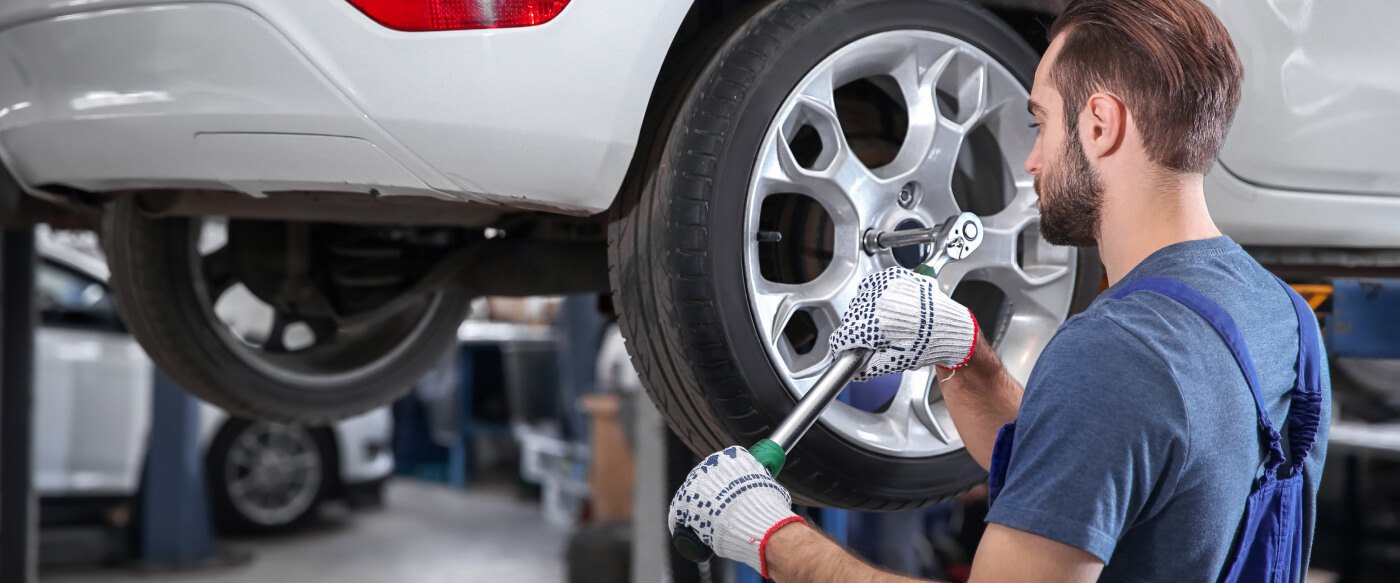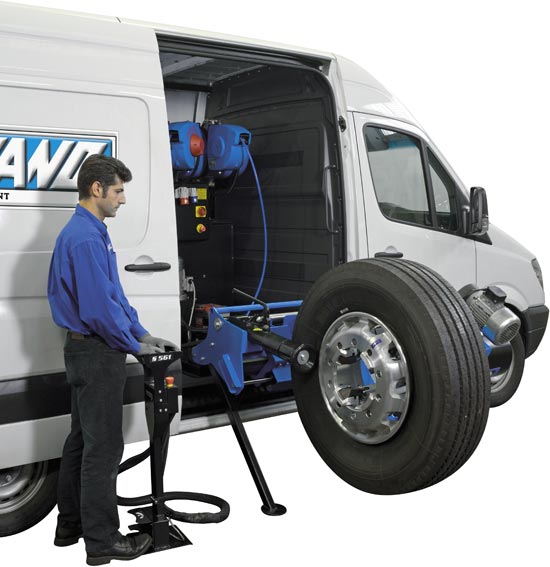Drive with Confidence: GMC Tires Service at Morris Tires
Drive with Confidence: GMC Tires Service at Morris Tires
Blog Article
Tire Solution: The Impact of Climate Condition
When it involves guaranteeing ideal efficiency and safety and security on the roadway, comprehending the influence of climate condition on tire solution is important. From scorching warm to icy roadways, each climate element can considerably affect tire capability and general driving experience. By delving into the results of varying weather condition problems on tires, motorists can get useful insights that may boost their automobile's efficiency and longevity. In this conversation, we will discover the intricate partnership between weather conditions and tire solution, dropping light on the value of weather-specific tire upkeep practices and considerations.
Warm and Tire Efficiency
When revealed to high temperature levels, tires experience adjustments in performance that can substantially impact lorry safety and security and handling. The heat produced from extended driving or warm weather problems triggers the tire rubber to soften, leading to reduced tread life and enhanced wear.

Cold Weather Impacts
Cold weather condition conditions can have a considerable effect on tire efficiency and security. In cold climate, tires might additionally lose air pressure extra rapidly, which can impact taking care of and fuel effectiveness.
To mitigate the impacts of cool climate on tires, it is critical to regularly examine tire stress and inflate them to the producer's suggested levels. Utilizing winter months or all-season tires developed for cool weather problems can additionally improve grip and grasp on icy or snowy roads. Appropriate tire maintenance, consisting of regular assessments for wear and damages, becomes a lot more critical during chillier months to make certain ideal performance and security.
Rainy Conditions Impact
Throughout wet problems, tire performance and security can be substantially affected by the wet road surface areas and minimized exposure. The walk pattern of tires plays a vital role in maintaining grip on wet roads. Tires with damaged footsteps are much more prone to hydroplaning, where a layer of water develops up between the roadway and the tire surface area, causing loss of grip. To fight this, drivers ought to frequently inspect their tires for adequate tread deepness and think about purchasing tires especially made for damp conditions.
Additionally, rainy weather can likewise lower presence, making it testing for motorists to see the roadway ahead plainly (GMC Tire Service). In such problems, it is important to readjust driving rates appropriately and keep a safe following range to enable sudden quits. Correctly blog here filled with air tires can also assist in preserving control on damp roads by supplying better handling and grip
Snow and Tire Security
Snow-covered roads posture one-of-a-kind challenges for vehicle drivers, emphasizing the value of appropriate tire choice and get more maintenance. When driving in snowy problems, having the best tires can make a significant difference in security and performance. Winter season tires are created with unique rubber substances and tread patterns to offer much better grip on snow and ice contrasted to all-season tires. The much deeper footsteps and sipes of winter tires help grip the road better, reducing the risk of sliding and slipping.

It is crucial to adhere to producer instructions when making use of and mounting tire chains to stop damage to the tires and car. By selecting the right tires, keeping correct inflation, and thinking about additional grip help like tire chains, chauffeurs can enhance their safety and security when browsing snow-covered roads.
Weather-Related Tire Upkeep
When faced with numerous weather, appropriate tire upkeep becomes a critical element browse around this site of vehicle security and performance. Weather-related tire maintenance encompasses a series of practices intended at ensuring optimum tire function and longevity in various weather scenarios. One vital element of weather-related tire upkeep is tire pressure law. Fluctuating temperature levels can cause tire stress to vary, impacting traction and fuel effectiveness. Routinely adjusting and examining tire pressure according to producer suggestions is crucial for safe driving in changing climate condition. Furthermore, tire walk deepness plays a considerable duty in dealing with different weather aspects. Tires with ample step deepness provide better grip on wet or icy roads, decreasing the danger of skidding or hydroplaning. Checking tire step routinely and changing tires when walk wear reaches a particular deepness is essential for keeping grip and security in damaging weather condition. By focusing on weather-related tire maintenance, vehicle drivers can improve security, improve vehicle performance, and extend the life-span of their tires.
Final Thought
To conclude, weather have a substantial effect on tire efficiency and safety. From warm impacting tire pressure and use to winter minimizing grip, it is vital to consider the climate when preserving and using tires. Stormy conditions can reduce grip and lead to hydroplaning, while snow can raise the threat of accidents if tires are not properly outfitted. Weather-related tire upkeep is important in ensuring ideal performance and security when traveling.
In this conversation, we will certainly explore the elaborate relationship between climate problems and tire solution, losing light on the relevance of weather-specific tire maintenance techniques and factors to consider.

Report this page